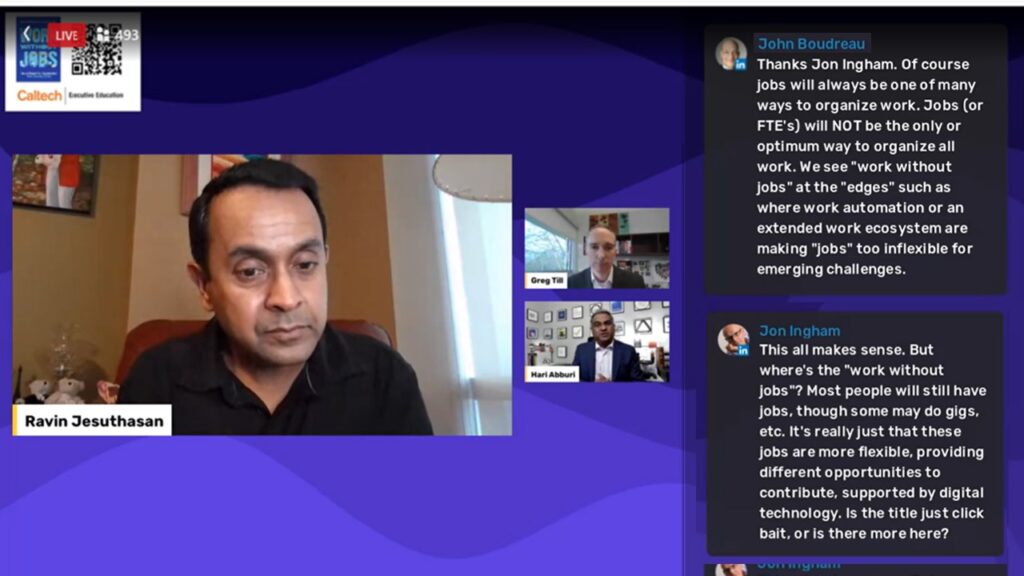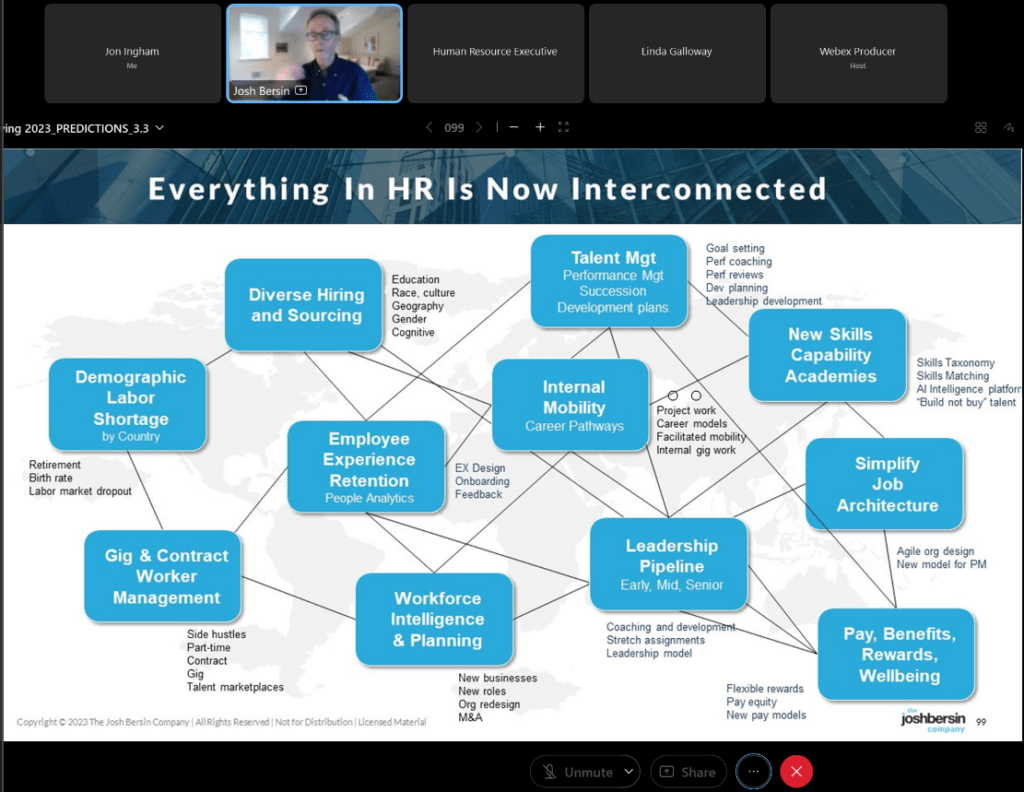Redesigning Work: Why, What, How and Who, plus Where and When

Work and job design remains an important, renewed focus for HR, taking advantage of new opportunities provided by digital technology, as automation, AI and especially, contingent working platforms all mean that work can be performed in different ways, changing (or sometimes, removing the need for) people’s jobs. In addition, communication and collaboration systems are obviously providing us new opportunities for remote / hybrid / flexible working too. Whilst we may have moved a long way towards using these tools and approaches during the pandemic, we still need to optimise the way people use them within their work and jobs. In addition, all of these areas of work still need to be integrated together much better than they typically are now.
So, how do you design work and jobs in a way that integrates all the different aspects of the activity together? Well, a good starting point is asking why, what, how, who by, where and when work needs to be done.
Why?
Designing and redesigning work should always start with clear objectives – including needs, outcomes and principles. The needs are those of the people doing the work, supporting their experience and transformation. The outcomes are the important outputs from the work, supporting the financials, customers, business effectiveness or organisation, depending on the nature of the work. The principles are the important requirements relating to the way that the work is performed, and should ideally cascade from higher level business and organisation principles too.
What?
Work can consist of processes, projects or services, and the tasks within these. All these types of work should be designed (to the appropriate level) to meet the specified objectives. This activity is covered in detail in the academy’s process design course.
How?
Work can be undertaken by people, by technology or by people augmented by technology. All of these opportunities need to be considered and reviewed regularly. Note that whilst most advice is to break work down to task level in order to review opportunities for automation, this does not need to be the case. Entire processes can often by re-engineered by using technology effectively, and these benefits can be considerably greater that those gained by updating tasks.
Who by?
Even if the work is best undertaken by people, it is important to review whether these should be employees, or one of a number of contingent working groups. This activity requires the identification of the required skills and the development of small, discreet roles, and, if work is going to be performed by employees, then functional jobs or broader, process or project roles.
This stage of work design should also review which people need to work together, and in what sort of way (eg in functions, teams, communities or networks), emphasising the need for work and job design to be anchored within organisation design too.
Where?
Not all work can be undertaken remotely, and different workers and work groups have varied requirements too. Therefore work design should also look at (to the appropriate level) what work should or can be done apart, and what work needs the appropriate groups to come together, and where this might best be done.
When?
Not all work can be undertaken asynchronously, though this should generally be taken to be the default. Therefore work design should also look at (to the appropriate level) what work should or can be done flexibly, and what work needs the appropriate groups to come together, and when this might best be done.
.
Note also that not all jobs need to be defined by work as there’s also the growing opportunity to develop work based on jobs, people / skills / communities, or connections / relationships / networks.
.
If you’d like to find out more about work and job design, see the Academy’s Job Design course at https://joningham.academy/courses/job-design/ (book onto the course which will then enable you to sign up for the forthcoming study group at no further charge).
.
Jon Ingham
HR and OD Strategist, Trainer, Learning Facilitator at the Jon Ingham Strategic HR Academy





